WWII US M18 Hellcat 805TD decal set (1/35 M18 Hellcat kit)
13,70€
In stock

*Please check our Privacy Policies to see how to we use your personal data.
*Por favor revisa nuestra Política de Privacidad para ver como tratamos tus datos personales
ENGLISH
ESPAÑOL
1 Decal sheet and applying guide
- The decal set of the M18 Hellcat.
- Reproduced unique squad marking of The 3rd ARMY.
- Included decals for major sign of interior.
- The decal configuration that can reproduce the M18 TD during WWII for about 4 vehicles.
- Provided applicable manual
- Includes 824TD as a bonus.
- Water slide type decal
1 Hoja de calcas y guía de aplicación
- Juego de calcas del M18 Hellcat.
- Reproduce la marca única de la escuadra del 3er Ejército.
- Incluye calcomanías para la señalización principal del interior.
- La configuración de calcas que puede reproducir el M18 TD durante la Segunda Guerra Mundial para unos 4 vehículos.
- Proporcionado manual aplicable
- Incluye 824TD como un bono.
- Calca tipo tobogán de agua




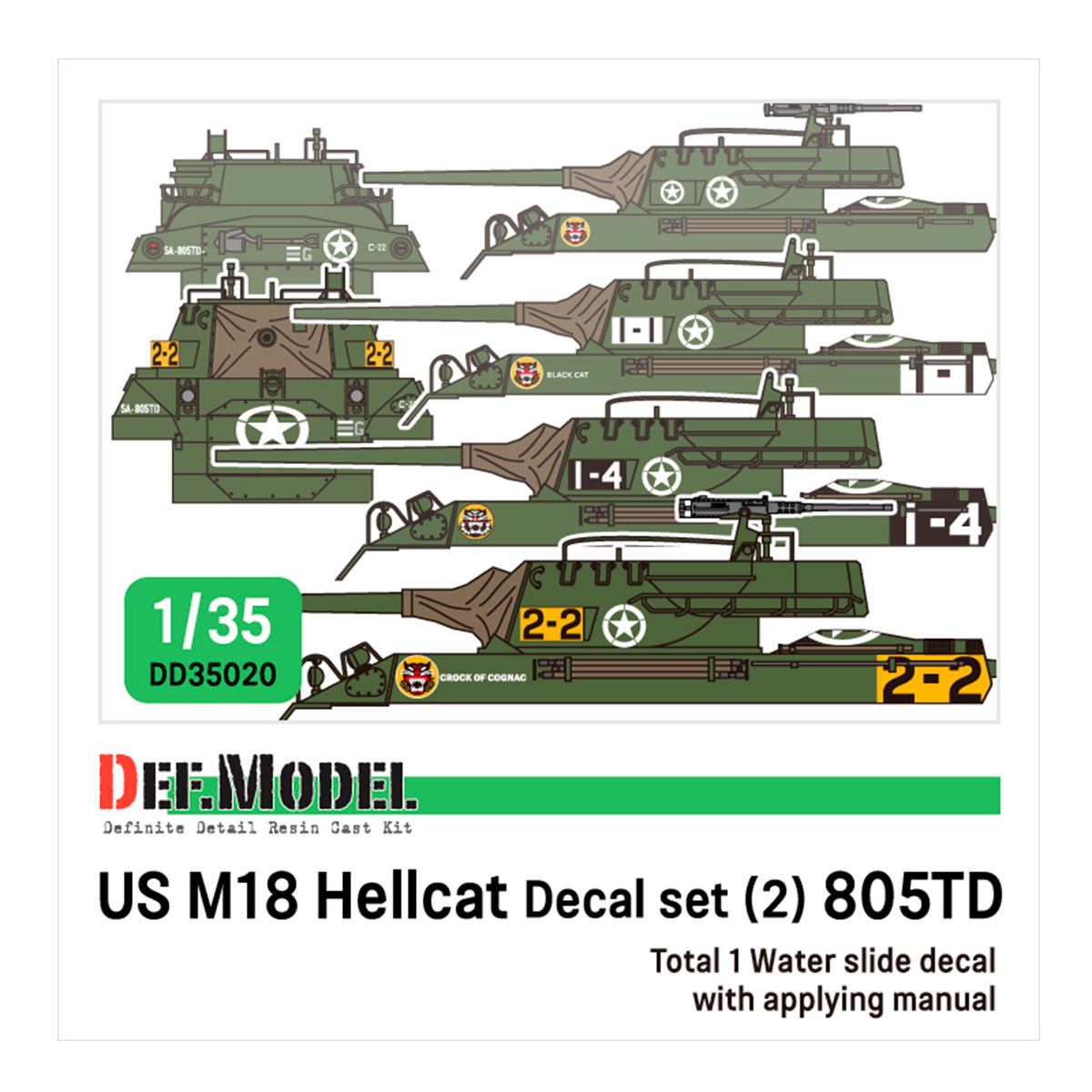
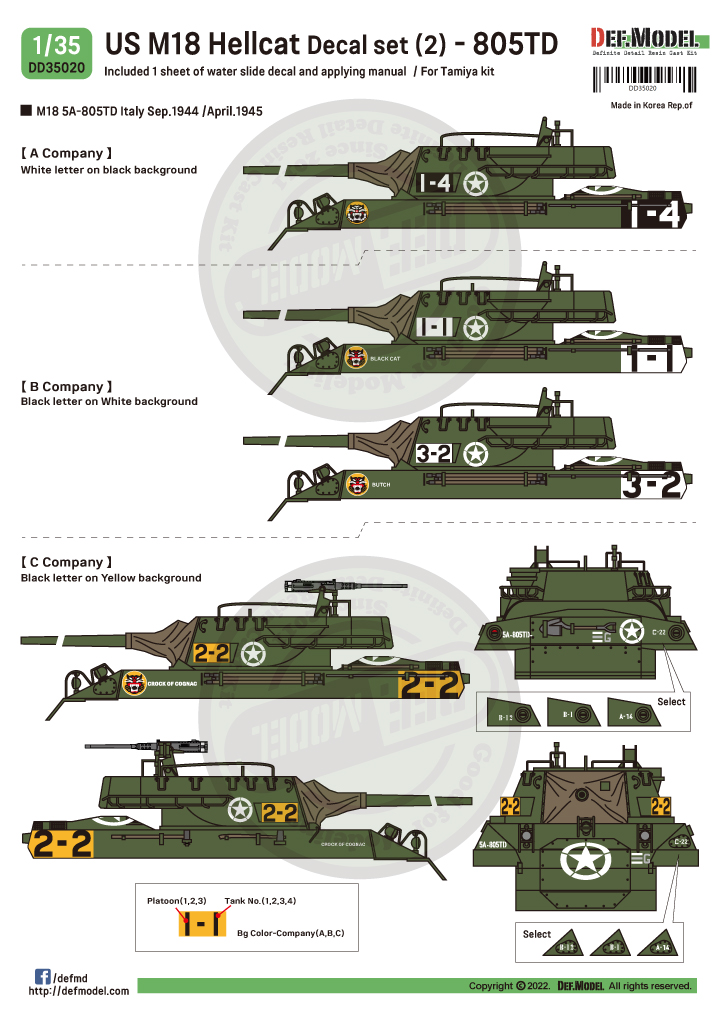
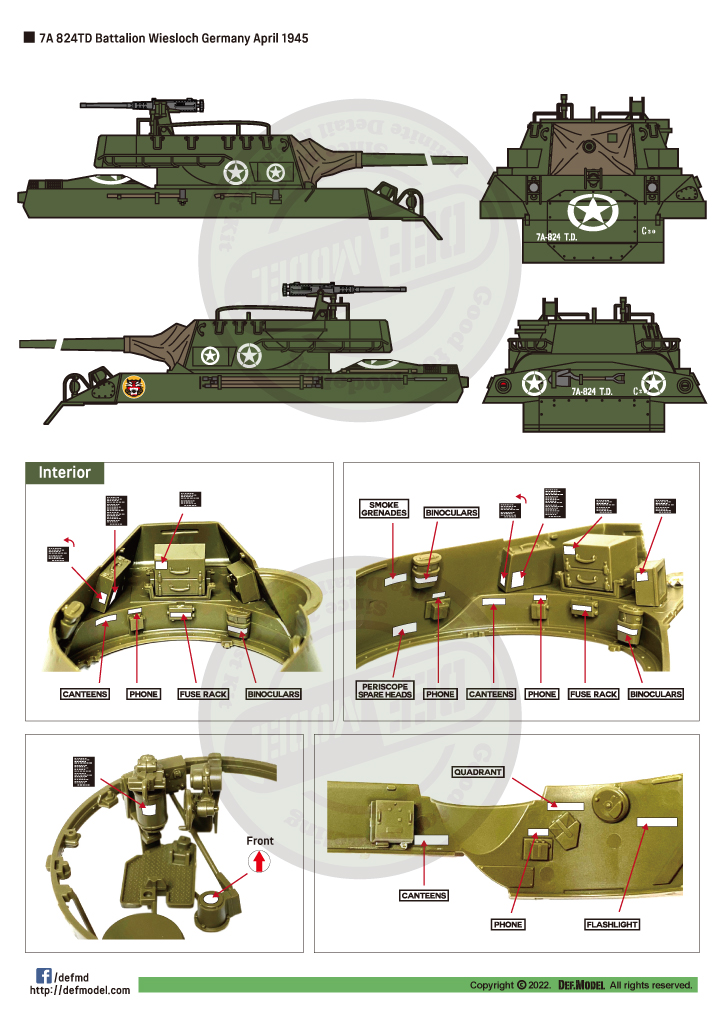
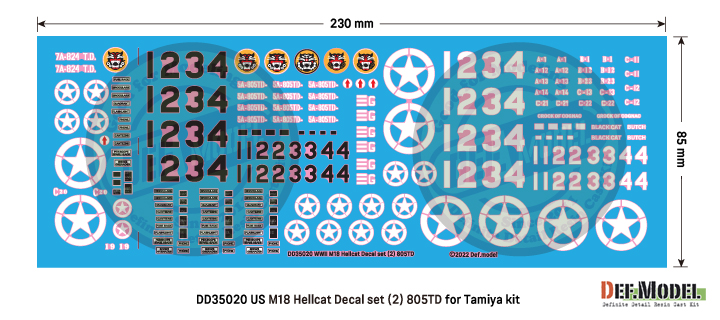
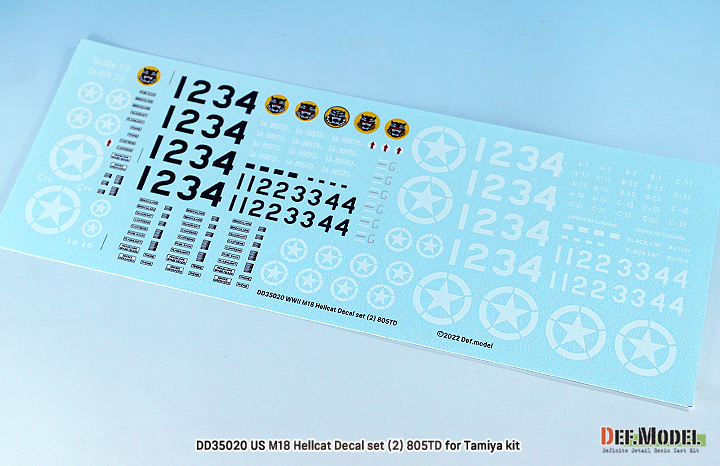
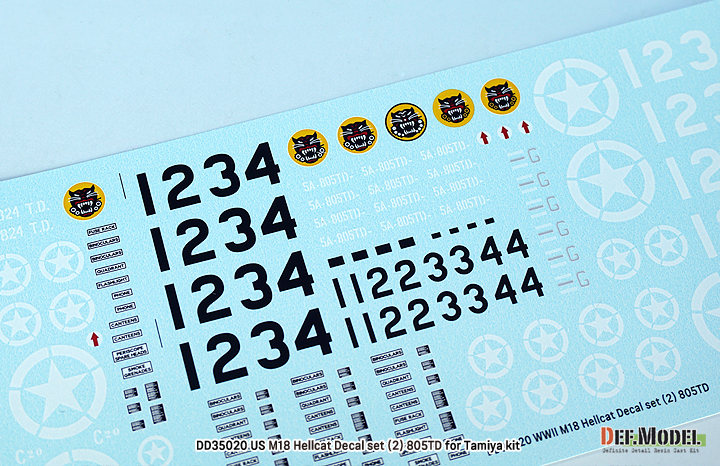
 Request of SDS product data file / Product security
Request of SDS product data file / Product security